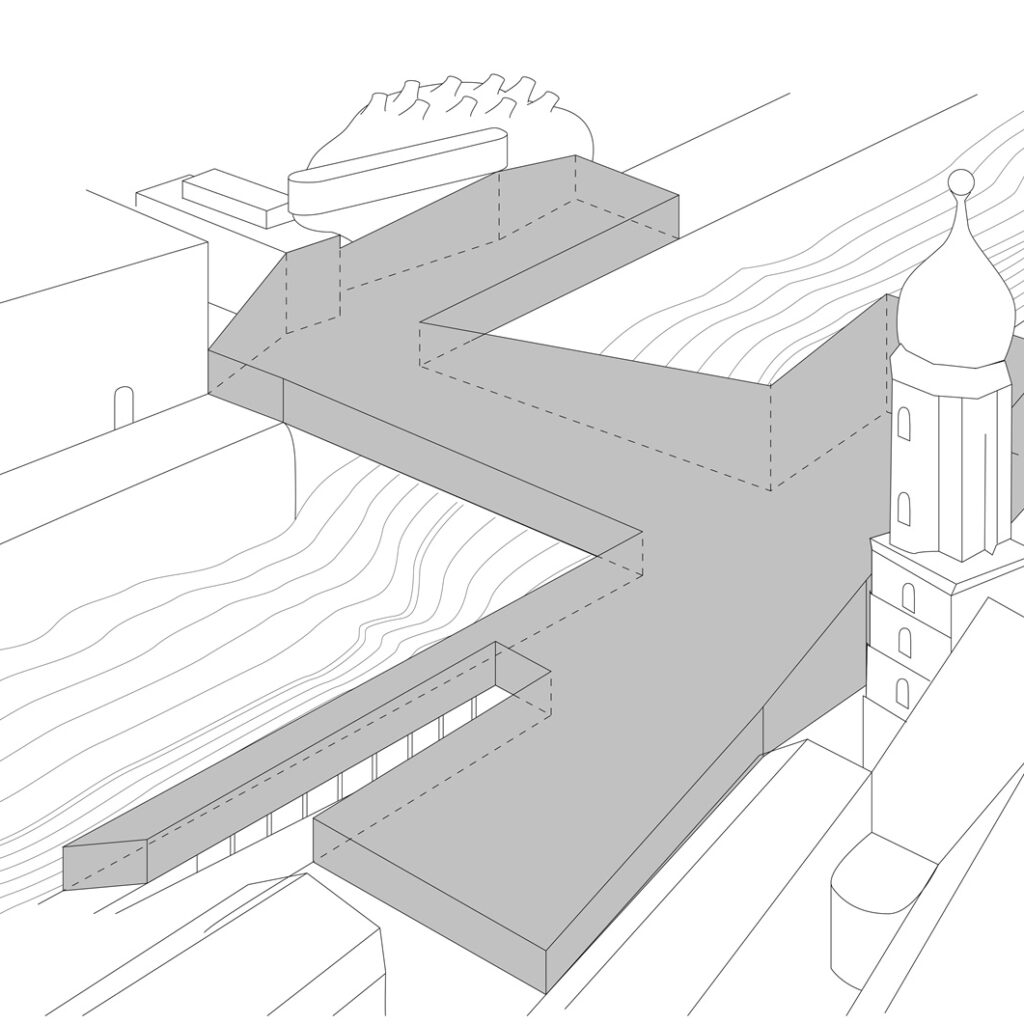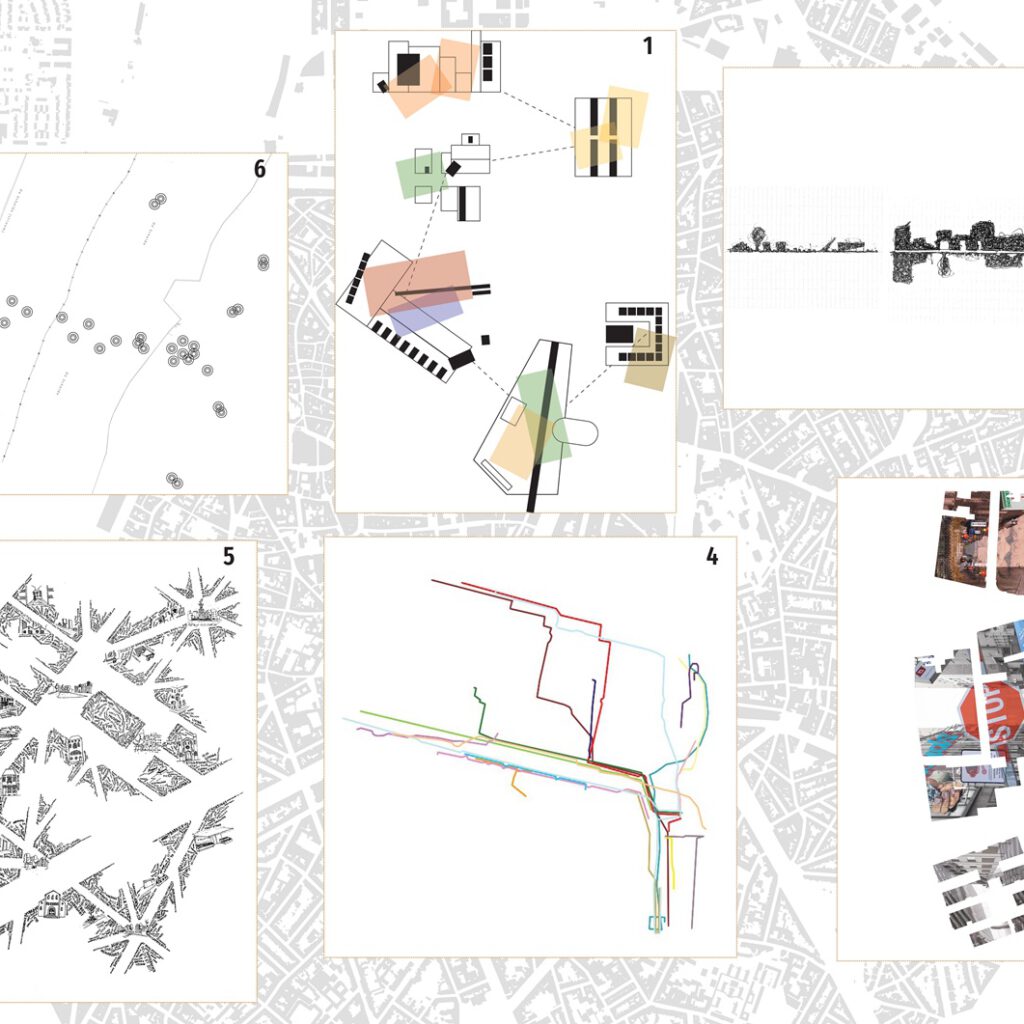International Week of Design. University of Antwerp 2019. In collaboration with Franziska Hederer.
Understanding transitable public spaces within the constructed city are not new; in 1748, Gianbattista Nolli created a Rome map that incorporated the notion of thresholds in the architecture — by adding to the representation—enclosed public spaces. He amplified the notion of the transitable city to an interconnected space, an ample space with porosity. There are several concepts of liminal spaces. What is the threshold space? A prelude, an intermediate area, a barrier? Inside or outside? The threshold space is all of these. Usually, even at the same time, “Thresholds interrupt spatial boundaries for a transition from one zone to another. The phenomenon of the threshold thrives on spatial ambivalence. Thresholds open up spaces and organize transitions” (Boettger, 2014:10). This in-between amplitude spaces that are constructed and their surroundings give other dimensions to cities. However, what happens when those spaces are not used as demanded by their design? When the stakeholders use the in-between also as a contested space.
For the International Week, we designed a 40 hours Workshop to encourage the students to do sensitive mapping of the Liminal Spaces of the city of Antwerp, looking for spaces in the in-between, with different usage and difficulties.
The students in different groups developed strategies to understand the threshold zones and designed visualization methods for their findings. On the next page, it is possible to see the Brochure developed during the week of the workshop and the methodological statements.

